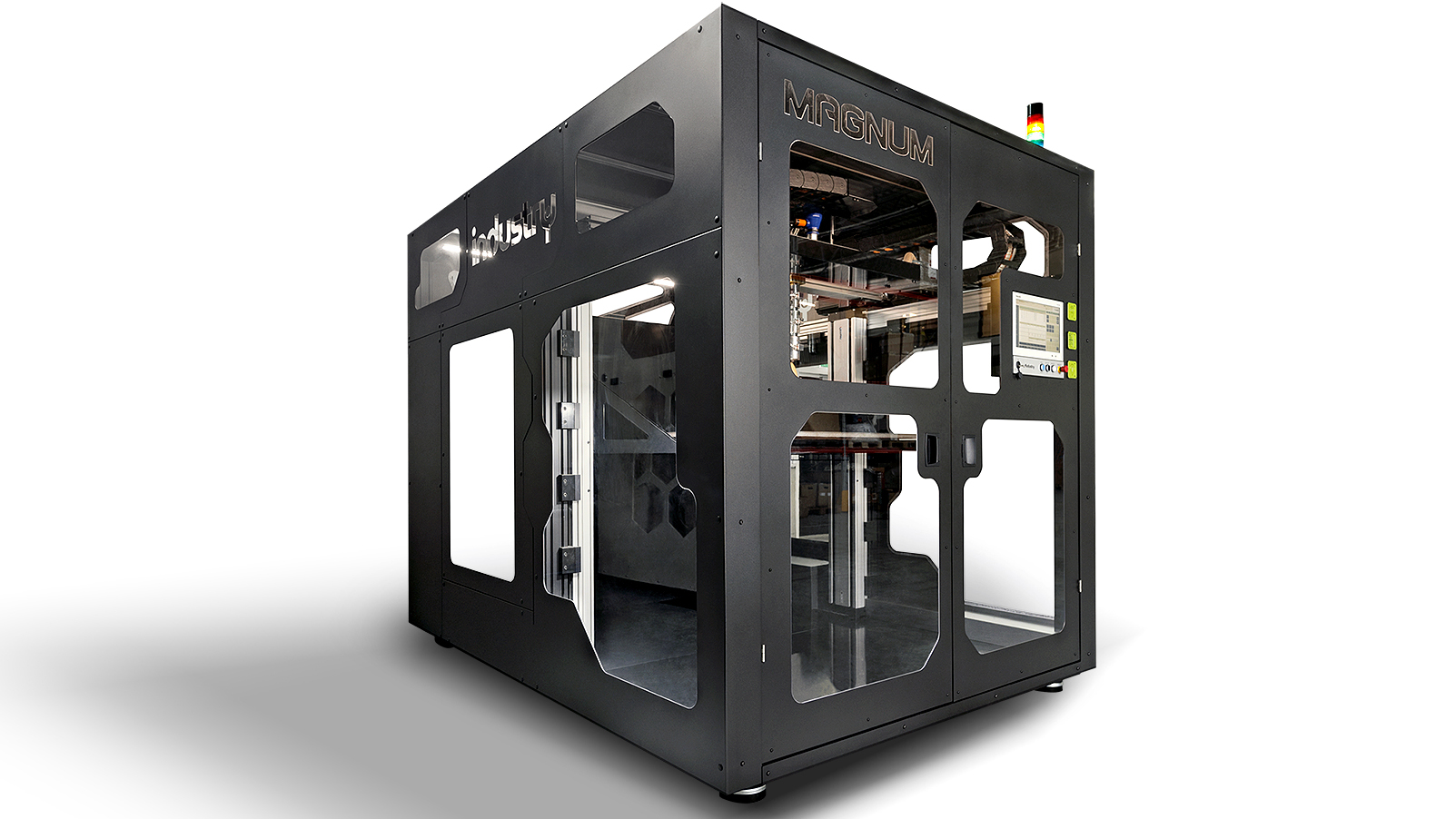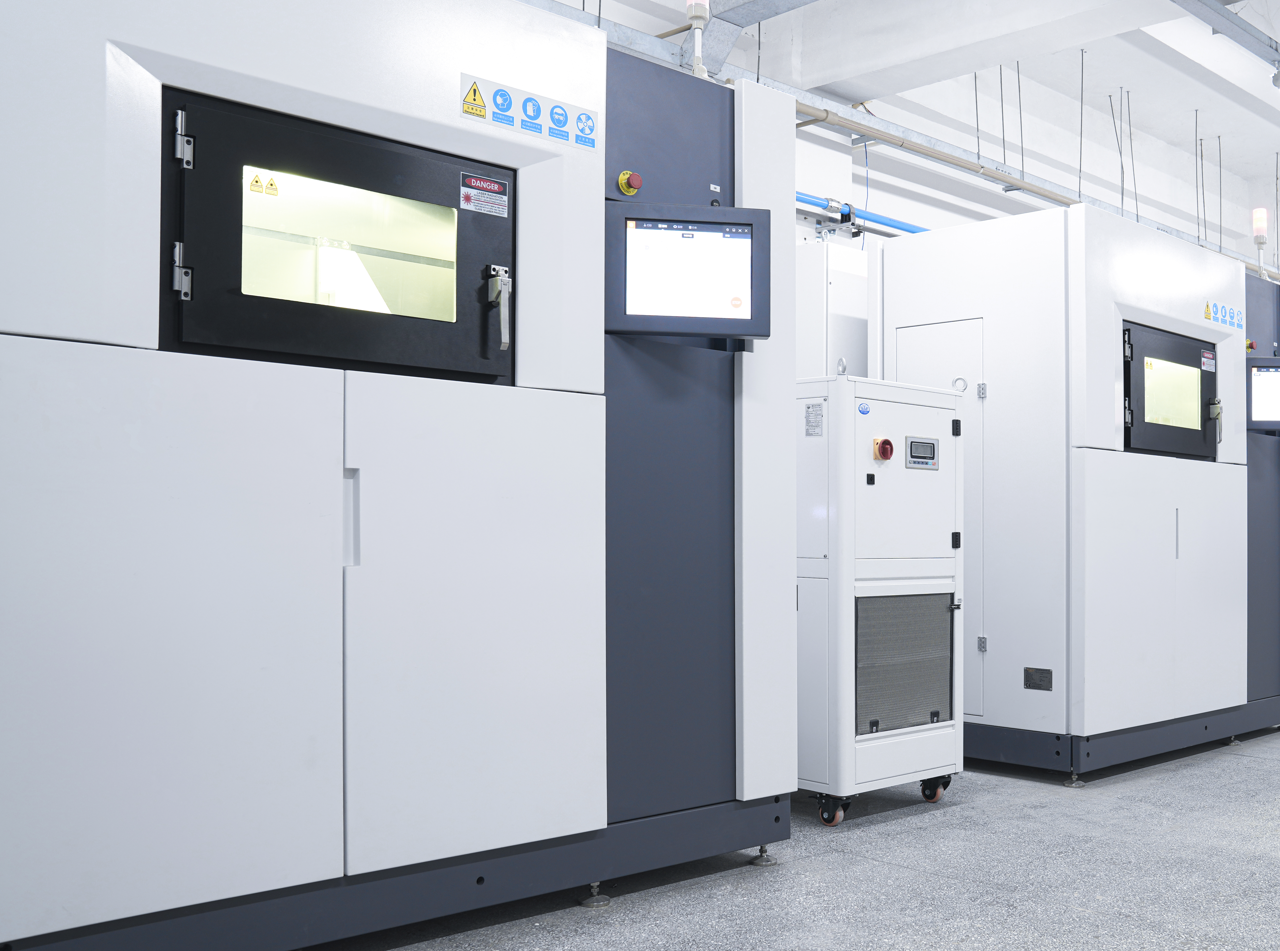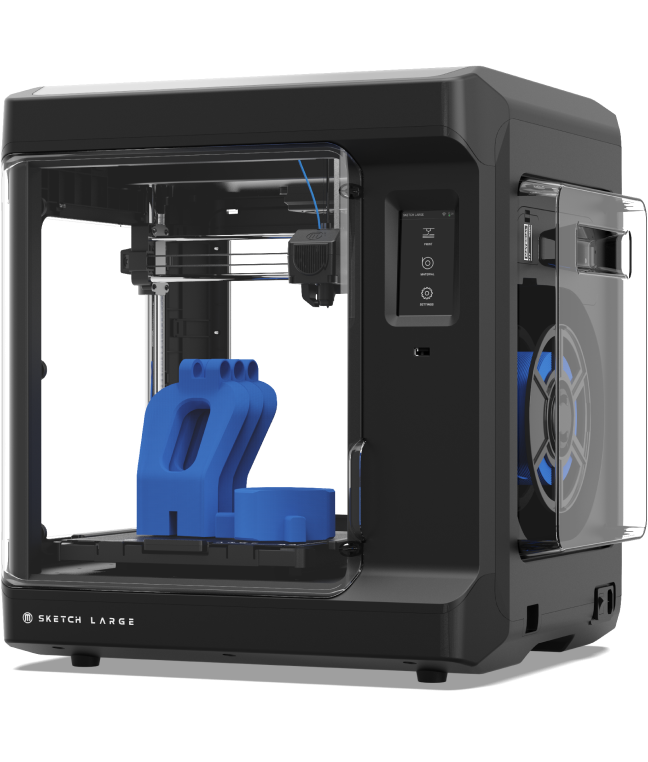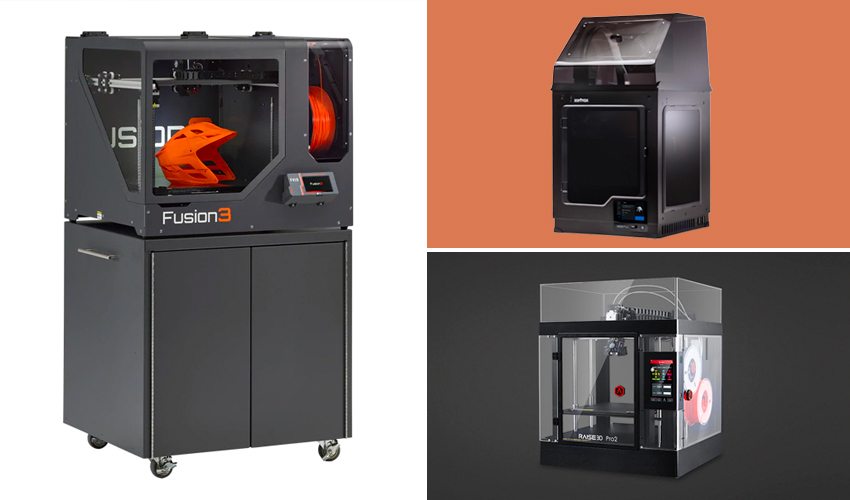Introduction
In the realm of additive manufacturing, large 3D printers have emerged as game-changers, pushing the boundaries of scale, complexity, and versatility in design and production. These behemoths of the digital fabrication world are not only transforming traditional manufacturing processes but also enabling unprecedented innovation in architecture, art, and aerospace industries. This comprehensive article delves into the world of large 3D printers, exploring their capabilities, applications, technological advancements, and implications for the future of various sectors.
The Scale and Capabilities of Large 3D Printers
Large 3D printers, as their name suggests, are characterized by their immense build volumes, often exceeding several cubic meters. They allow for the creation of objects that dwarf those produced by standard desktop or even mid-sized industrial printers. This increased size enables the direct fabrication of full-scale prototypes, functional parts, or even entire structures without the need for assembly or joining smaller components. The ability to print at such scales significantly reduces production time, material waste, and labor costs associated with traditional manufacturing methods.
Moreover, these machines typically employ advanced materials handling systems, capable of processing high-performance polymers, metals, composites, and even concrete. This diverse material compatibility expands the range of applications and properties achievable in printed objects, from lightweight yet durable aerospace components to robust, load-bearing architectural elements. Additionally, many large 3D printers integrate multi-axis printing capabilities, allowing for the creation of intricate, organic shapes and overhangs that would otherwise be impossible with conventional manufacturing techniques.
Applications Across Industries
Architecture and Construction
Large 3D printers have found a natural home in the architecture and construction sector, where they promise to revolutionize building processes through rapid, on-site, and sustainable construction. By extruding layers of concrete or specialized mortars, these printers can fabricate walls, partitions, and even entire buildings with remarkable precision and speed. This technology not only streamlines construction timelines and reduces labor requirements but also enables complex, customized designs that seamlessly integrate form and function. Furthermore, 3D-printed buildings often exhibit improved insulation, energy efficiency, and reduced material waste compared to conventionally built structures.
Aerospace and Defense
In the aerospace industry, large 3D printers are instrumental in the production of lightweight, high-strength components essential for aircraft, spacecraft, and satellite systems. By leveraging advanced metal alloys and composites, these printers can create intricate geometries that optimize aerodynamics, reduce weight, and enhance structural integrity. This leads to improved fuel efficiency, increased payload capacity, and lower overall operational costs. Moreover, additive manufacturing enables rapid prototyping and iterative design cycles, expediting the development of new aerospace technologies and reducing the time-to-market for innovative products.
Art and Sculpture
The realm of art and sculpture has also embraced large 3D printers, harnessing their capacity for producing monumental, intricately detailed works. Artists and designers can now translate their digital concepts directly into full-scale installations, bypassing the limitations of traditional sculpting materials and techniques. This technology empowers creatives to explore new aesthetic territories, experiment with unconventional forms, and produce pieces that challenge our perceptions of space, texture, and materiality. Furthermore, 3D printing democratizes the creation of large-scale art, making it accessible to a broader range of artists who might otherwise be hindered by the logistical and financial constraints of traditional fabrication methods.
Other Industries
Beyond these primary sectors, large 3D printers find applications in fields such as automotive, maritime, and renewable energy, where they facilitate the production of custom parts, molds, tooling, and prototypes. They also contribute to research and education, providing platforms for hands-on experimentation, collaboration, and interdisciplinary learning in areas like materials science, engineering, and design.
Technological Advancements Driving Progress
Enhanced Print Quality and Speed
Continuous advancements in printer hardware, software, and materials science are driving improvements in print quality, accuracy, and speed. High-resolution printheads, advanced motion control systems, and real-time monitoring technologies ensure precise layer deposition and consistent part quality. Meanwhile, optimized slicing algorithms, adaptive process controls, and intelligent nesting strategies maximize print speed and material efficiency, reducing production times and costs.
Multi-Material and Gradient Printing
Recent developments in multi-material and gradient printing capabilities enable large 3D printers to create objects with varying mechanical, thermal, or optical properties within a single build. This opens up new possibilities for designing functional parts with tailored performance characteristics, such as heat-resistant aerospace components with graded thermal conductivity or architectural elements with integrated insulation and reinforcement.
Sustainability and Recycling
Sustainability is a growing focus in the development of large 3D printers, with researchers and manufacturers exploring ways to minimize environmental impact. This includes the use of eco-friendly materials, the integration of recycling systems to process waste or scrap materials back into usable filament, and the development of energy-efficient printing processes. Such efforts not only align with global sustainability goals but also offer cost savings and reputational benefits for businesses adopting these technologies.
Future Implications and Challenges
Integration into Existing Workflows
As large 3D printers continue to mature, successful integration into existing manufacturing ecosystems will be crucial for widespread adoption. This involves developing interoperable software solutions, establishing standardized file formats and quality control protocols, and providing training and support for personnel transitioning to additive manufacturing processes.
Regulatory and Standards Development
The rapid evolution of large 3D printing technologies necessitates the establishment of clear regulatory frameworks and industry standards to ensure safety, quality, and environmental compliance. Collaborative efforts between manufacturers, regulators, and industry associations will be vital in shaping these guidelines and fostering public trust in the safety and reliability of 3D-printed products.
Intellectual Property and Security Concerns
The ease of digital replication facilitated by 3D printing raises concerns regarding intellectual property protection and product security. Developing robust digital rights management systems, secure data transfer protocols, and effective legal frameworks will be essential to safeguarding innovation and preventing counterfeiting in industries adopting large 3D printing technologies.
Conclusion
Large 3D printers represent a transformative force in modern manufacturing, transcending traditional limitations in scale, complexity, and material diversity. Their applications span across industries, from revolutionizing construction practices and aerospace engineering to empowering artistic expression and innovation. As technological advancements continue to enhance print quality, speed, and sustainability, these giants of the additive manufacturing world are poised to reshape the global economy, driving progress in efficiency, customization, and environmental responsibility. Overcoming challenges related to integration, regulation, and security will be crucial to unlocking the full potential of large 3D printers and ensuring their lasting impact on society.





